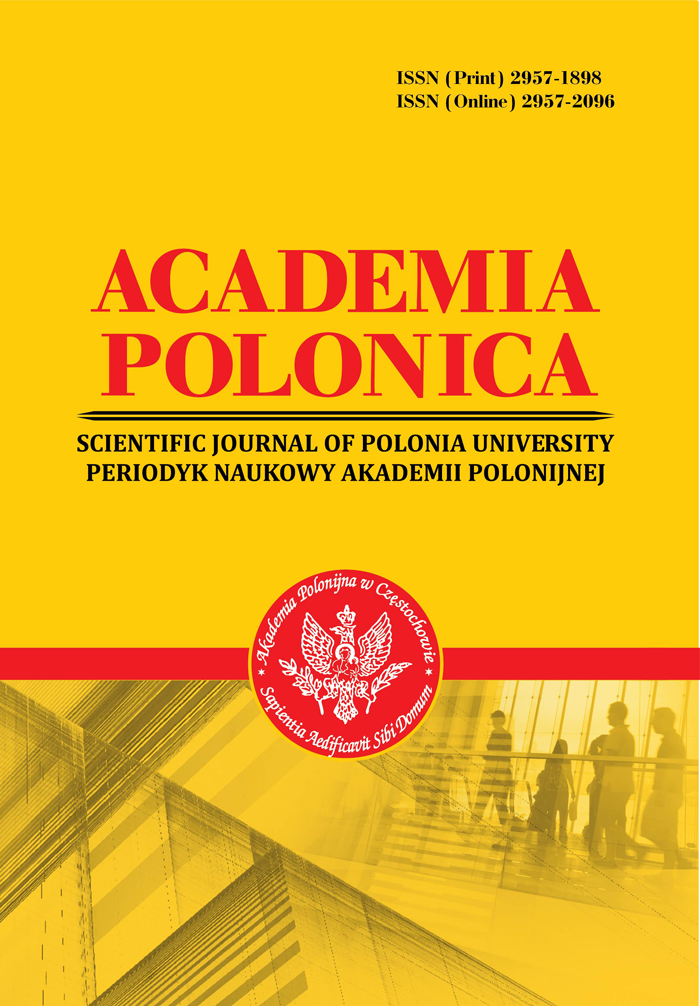3D CLOTHING VISUALIZATION AS AN INNOVATIVE TOOL FOR THE FASHION INDUSTRY
Abstract
The study focuses on the integration of three-dimensional (3D) visualization as an innovative tool for transforming design practices in the fashion industry. The increasing digitalization of manufacturing processes and the globalization of the economy present new challenges for the personalization of clothing. 3D design and printing technologies enable the creation of removable decorative elements, facilitating the customization of standard clothing models. This study aims to conduct a comprehensive analysis of the use of three-dimensional visualization as an innovative tool for transforming design practices in the fashion industry, taking into account aesthetic, technological, and socio-cultural factors. The methodological framework is based on an interdisciplinary synthesis of visual semiotics and the conceptual foundations of virtual materialism, enabling a multifunctional approach to the analysis of the phenomenon. Particular attention is given to the application of 3D visualization in creating virtual prototypes that allow designers to evaluate the shape, texture, and materials of future garments. This approach optimizes the design process, reduces time and material costs, and minimizes textile waste, aligning with the principles of sustainable development. The study examines the technological aspects of 3D modeling, including the use of software such as Marvelous Designer and ZBrush for developing digital patterns, sculpting surface details, and material texturing. The analysis explores the impact of aesthetic, technological, and socio-cultural factors on the adoption of 3D technologies. Using the case of the Limerense_com brand, the research highlights innovative approaches to producing digital clothing analogues that function as both commercial products and conceptual artifacts. The findings underscore the epistemological shifts in materializing aesthetic narratives within the postmodern fashion industry, where physicality is supplanted by digital simulations offering high perceptual fidelity, commercial viability, and artistic expressiveness.
References
2. Choi, K.-H. (2019). Digitalized dynamic fashion illustration, using motion graphics. In Proceedings of International Conference on Fashion Communication: Between Tradition and Future Digital Developments (pp. 9–20). Switzerland.
3. Choi, K.-H. (2022). 3D dynamic fashion design development using digital technology and its potential in online platforms. Fashion and Textiles, 9(1). Retrieved from https://link.springer.com/content/pdf/10.1186/s40691-021-00286-1.pdf
4. Hu, Z., et al. (2023). Physically realizable natural-looking clothing textures evade person detectors via 3D modeling. In Proceedings of the IEEE/CVF Conference on Computer Vision and Pattern Recognition. Retrieved from https://openaccess.thecvf.com/content/CVPR2023/papers/Hu_Physically_Realizable_Natural-Looking_Clothing_Textures_Evade_Person_ Detectors_via_3D_CVPR_2023_paper.pdf
5. Kolosnichenko, M. V., Chuprina, N. V., Krotova, T. F., & Olishevska, T. M. (2020). Designing fashion clothing based on the principles of parametric design. Art and Design, 1(09), 129–141.
6. Li, Z., et al. (2024). An analysis of the status and trend of visualization research in 3D fashion design. Journal of the Balkan Tribological Association, 30(2). Retrieved from https://openurl.ebsco.com/EPDB:gcd:16:31020128/detailv2?sid=ebsco:plink:scholar&id=ebsco:gcd:178373718&crl=c&link_origin=scholar.google.com.ua
7. Limerense_com. (2025). Instagram page. Retrieved from https://www.instagram.com/limerense_com?igsh=eWhqa2ZjZmtvMXJz
8. Liu, H. (2022). Computer 5G virtual reality environment 3D clothing design. Mobile Information Systems, 2022(1), 8024453. Retrieved from https://onlinelibrary.wiley.com/doi/pdf/10.1155/2022/8024453
9. Ma, Q., et al. (2021). The power of points for modeling humans in clothing. In Proceedings of the IEEE/CVF International Conference on Computer Vision. Retrieved from https://openaccess.thecvf.com/content/ICCV2021/papers/Ma_The_Power_of_Points_for_Modeling_Humans_in_Clothing_ICCV_2021_paper.pdf
10. McQuillan, H. (2020). Digital 3D design as a tool for augmenting zero-waste fashion design practice. International Journal of Fashion Design, Technology and Education, 13(1), 89–100.
11. Papachristou, E., & Anastassiu, H. T. (2022). Application of 3D virtual prototyping technology to the integration of wearable antennas into fashion garments. Technologies, 10(3). Retrieved from https://www.mdpi.com/2227-7080/10/3/62
12. Park, J. (2018). Emotional reactions to the 3D virtual body and future willingness: The effects of self-esteem and social physique anxiety. Virtual Reality, 22, 1–11.
13. Porterfield, A., & Lamar, T. A. (2017). Examining the effectiveness of virtual fitting with 3D garment simulation. International Journal of Fashion Design, Technology and Education, 10(3), 320–330.
14. Tuan, T. T., et al. (2021). Multiple pose virtual try-on based on 3D clothing reconstruction. IEEE Access, 9, 114367–114380.
15. Waymouth, B., et al. (2021). Demonstrating cloth folding to robots: Design and evaluation of a 2D and a 3D user interface. In 2021 30th IEEE International Conference on Robot & Human Interactive Communication (RO-MAN). IEEE. Retrieved from https://arxiv.org/pdf/2104.02968
Abstract views: 260 PDF Downloads: 85







